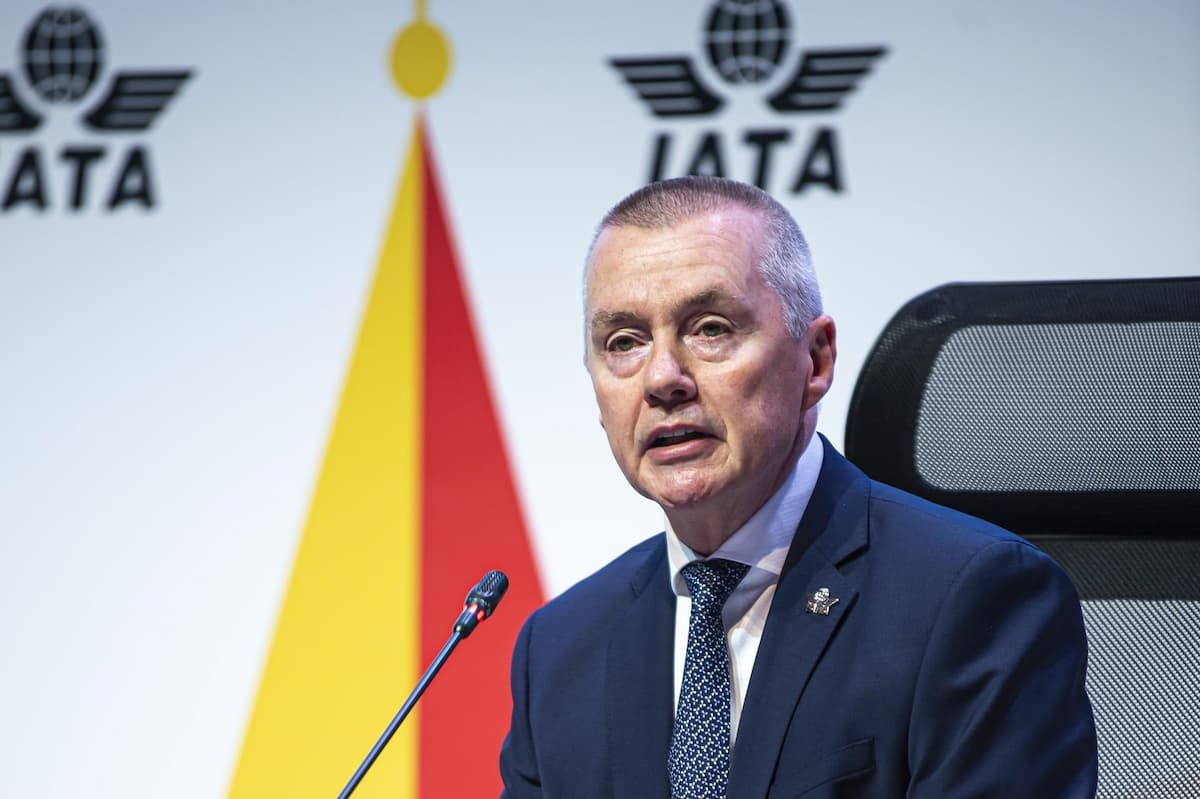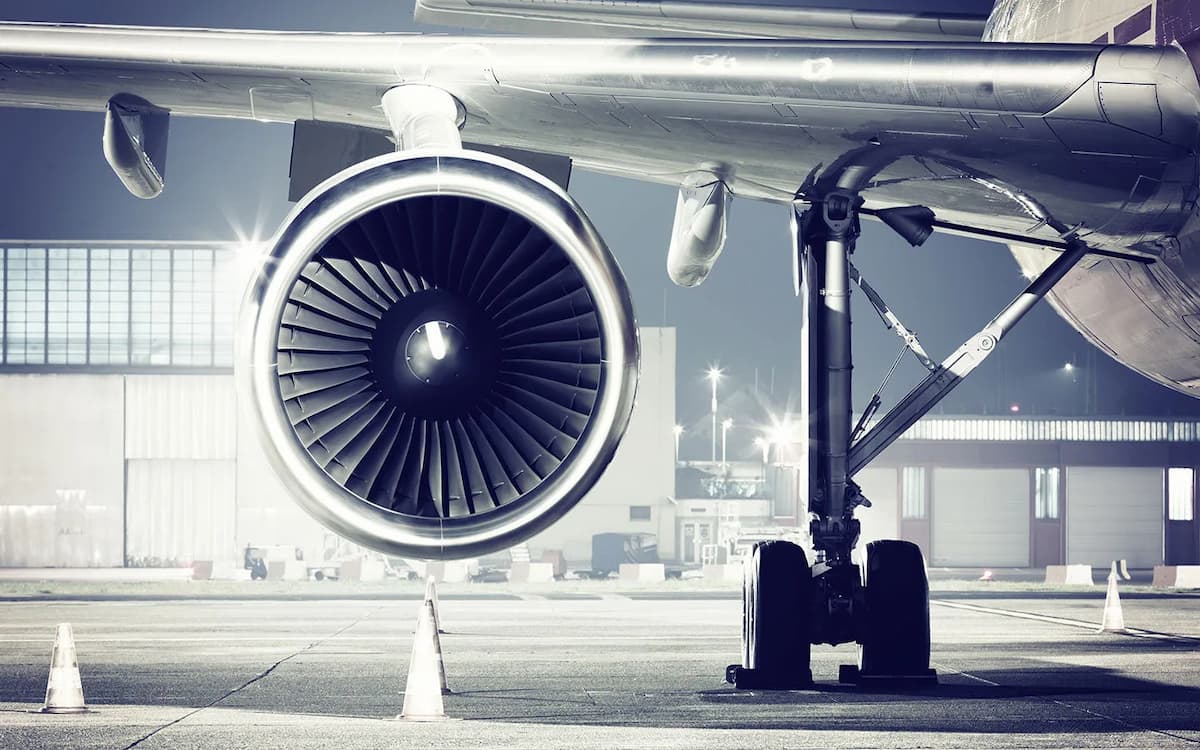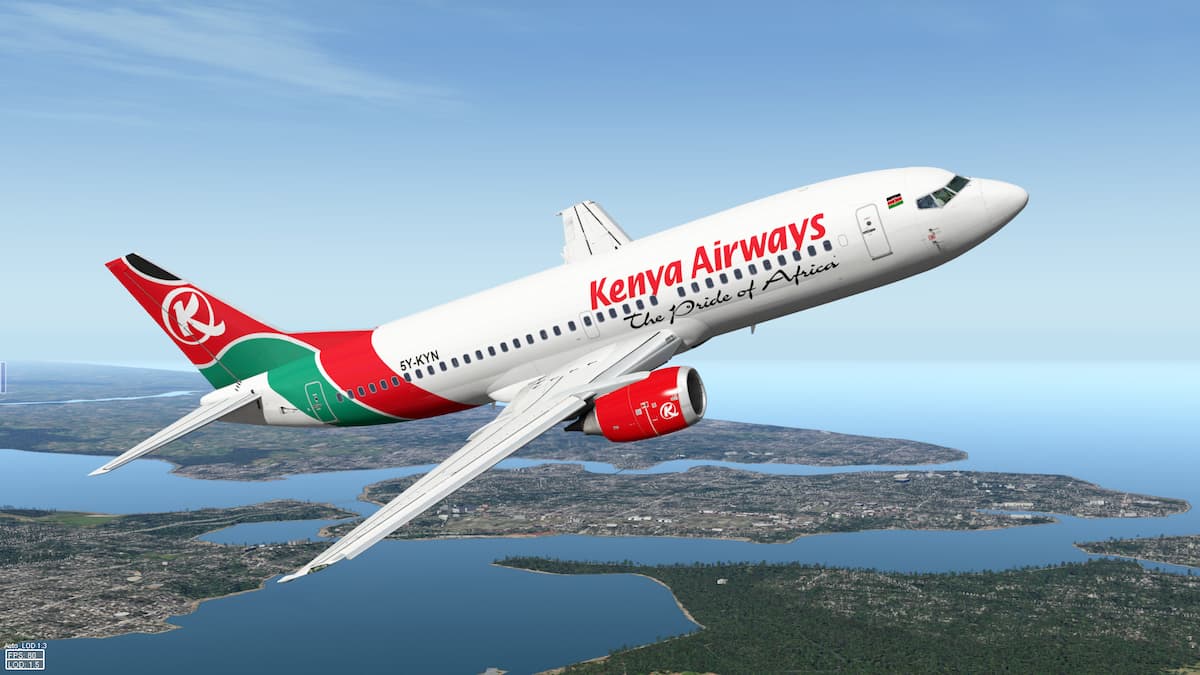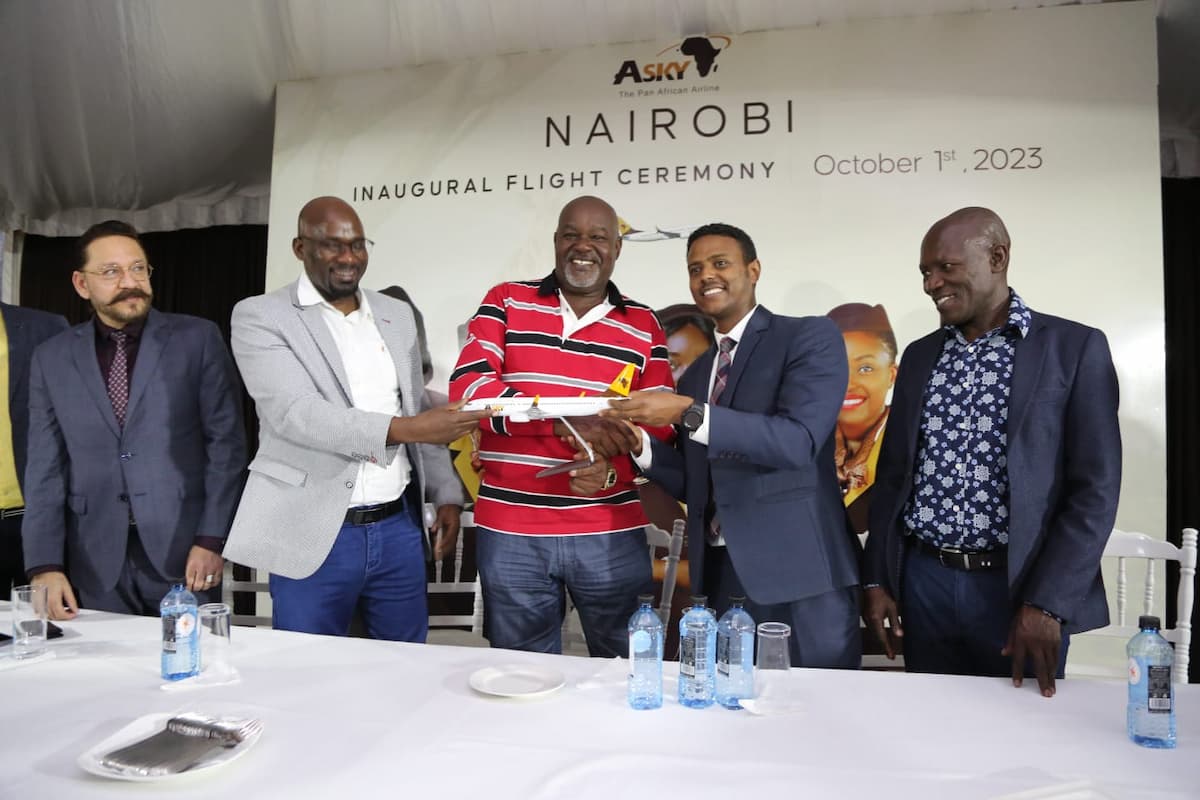The International Air Transport Association (IATA) has revealed a positive outlook for the airline industry, projecting improved profitability in 2023 and stabilisation in 2024. However, concerns arise as global net profitability is expected to fall significantly below the cost of capital in both years, revealing substantial regional variations in financial performance.
2024 outlook highlights
In 2024, net profits for the aviation industry are forecasted to reach $25.7 billion, a marginal improvement from the projected $23.3 billion in 2023, resulting in net profit margins of 2.7% and 2.6%, respectively.
Return on invested capital is expected to lag behind the cost of capital by 4 percentage points in both 2023 and 2024, primarily due to a global increase in interest rates driven by heightened inflationary pressures.
Operating profits for the airline industry are on an upward trajectory, projected to rise from $40.7 billion in 2023 to $49.3 billion in 2024. Total revenues are anticipated to experience robust year-over-year growth of 7.6%, reaching a historic high of $964 billion. On the expense side, projected growth is slightly lower at 6.9%, resulting in a total expenditure of $914 billion in 2024.
Exceptionally, 4.7 billion individuals are expected to engage in travel in 2024, surpassing the pre-pandemic level recorded in 2019. Cargo volumes are predicted to increase, reaching 58 million tonnes in 2023 and rising to 61 million tonnes in 2024.
Willie Walsh, Iata’s director general, acknowledges the industry’s resilience, stating, “Considering the major losses of recent years, the $25.7bn net profit expected in 2024 is a tribute to aviation’s resilience.” He underscores that the recovery has come at the cost of about four years of growth.
Revenue and passenger trends
Industry revenues are expected to reach $964bn in 2024, with an inventory of 40.1 million flights, exceeding the 2019 level of 38.9 million. Passenger revenues are set to reach $717bn in 2024, reflecting a 12% increase from $642bn in 2023. Passenger yields are expected to improve by 1.8% compared to 2023, driven by high demand and limited capacity due to persistent supply chain issues.
Efficiency levels remain high, with the load factor expected to be 82.6% in 2024, slightly better than 2023 (82%) and consistent with 2019.
Cargo and expenses
Cargo revenues are projected to fall to $111bn in 2024, impacted by the growth of belly capacity and international trade stagnation. Yields are expected to decline by -20.9% in 2024.
Expenses are anticipated to grow to $914bn in 2024, with fuel prices averaging $113.8/barrel (jet). Airlines are expected to consume 99 billion gallons of fuel in 2024. The aviation industry is increasingly focusing on Sustainable Aviation Fuels (SAF) and carbon credits to reduce its carbon footprint.
Industry CO2 emissions in 2024 are expected to be 939 million tonnes from the consumption of 99 billion gallons of fuel. SAF production is estimated to rise to 0.53% of airlines’ total fuel consumption in 2024, adding $2.4bn to next year’s fuel bill. The Carbon Offsetting and Reduction Scheme for International Aviation (CORSIA) is estimated to incur costs of $1 billion in 2024.
Regional roundup
At the regional level, North America, Europe, and the Middle East are expected to post net profits in 2023, with Asia Pacific joining the group in 2024.
However, Latin America and Africa are expected to face challenges, remaining in the red in 2024.
Global economic factors and risks
Global economic developments, wars, supply chain issues, and regulatory risks pose potential risks to industry profitability.
The aviation industry’s recovery is commendable, says Walsh, yet challenges persist, and profitability remains below average. Addressing regulatory burdens, infrastructure costs, and supply chain challenges will be critical for sustained resilience in this vital global industry.
Source:Bizcommunity.










